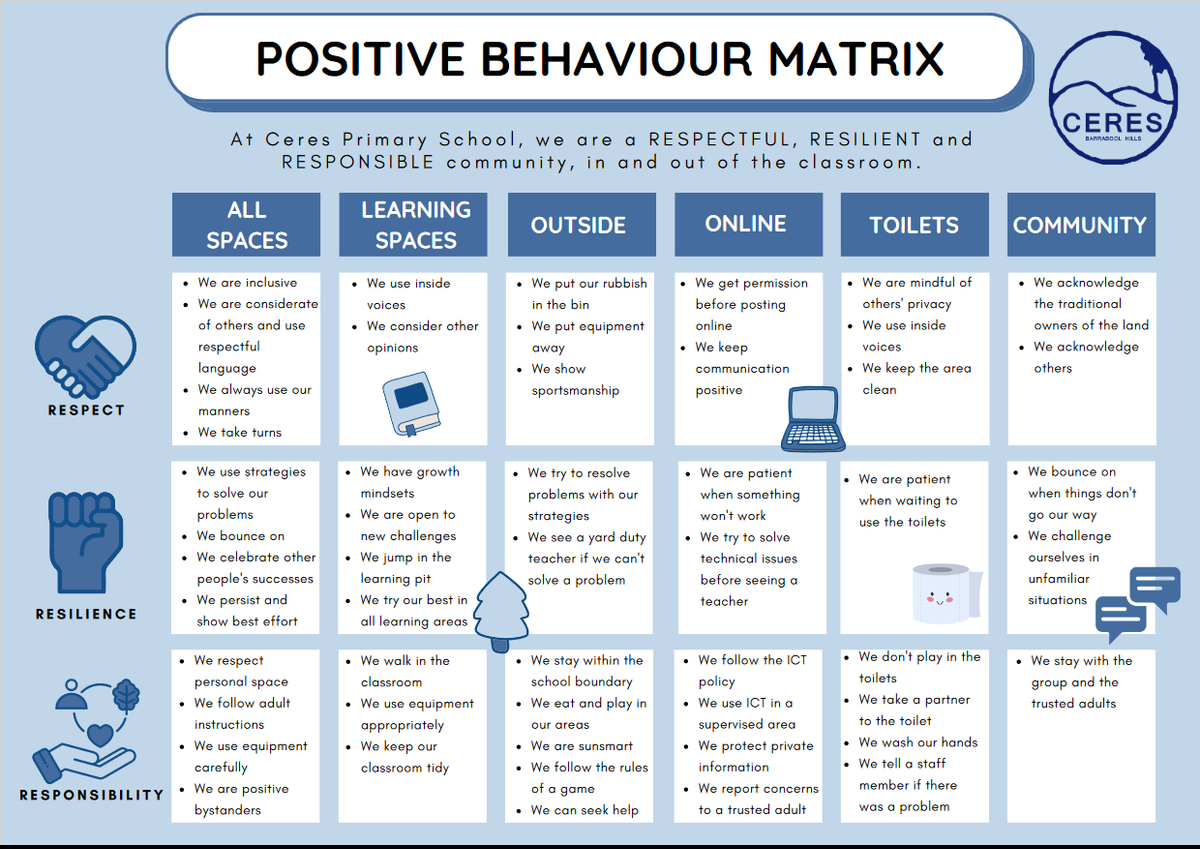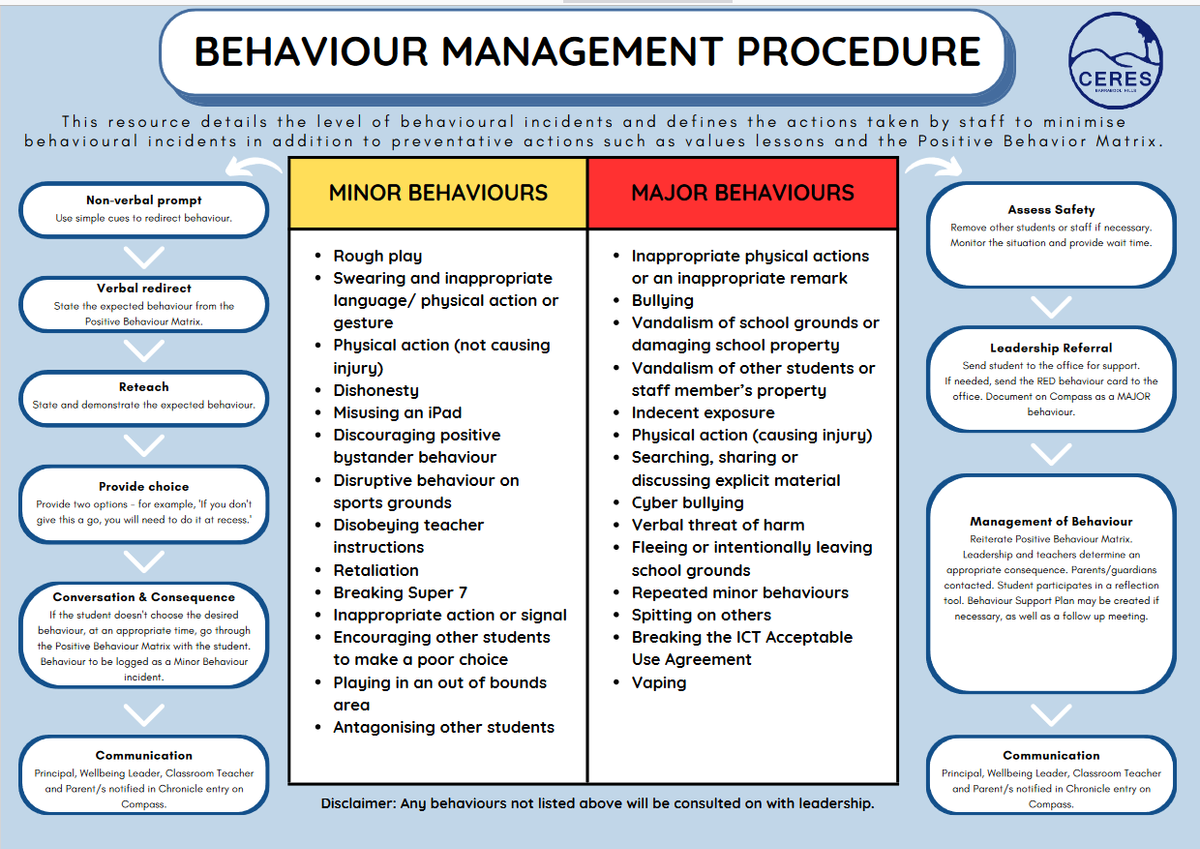SWPBS Initiative
School-wide positive behaviour support initiative, Josh Beaton.
Artwork by Lou Martin.

SWPBS Initiative
School-wide positive behaviour support initiative, Josh Beaton.
Artwork by Lou Martin.
There is a strong international evidence base about the efficacy of SWPBS. SWPBS has been extensively evaluated and researched, including through more than a dozen randomised controlled trials and through meta-analyses.
SWPBS is grounded in the science of behaviour known as Applied Behaviour Analysis (ABA). Applied Behaviour Analysis is the design, implementation, and evaluation of environmental modifications to produce socially significant improvement in behaviour. In short, the science of behaviour focuses on making changes to the environment to lead to changes in behaviour – changes to improve an individual’s quality of life.
For the past fifty years, Behavioural Science has researched the conditions necessary for the development of:
The variables that motivate children (and adults) to behave in socially acceptable ways are the same variables that motivate them to behave in socially unacceptable ways. Often, modifying the environment leads to preventing problem behaviour and encouraging expected behaviour. When we talk about changing the environment, this could refer to a number of variables including:
When we identify the function or purpose of inappropriate student behaviours, we can intervene more effectively by enabling the students to get what they need in more appropriate ways. This often means that adults need to adjust their thinking, their approach and interventions.
According to the Centre for Education Statistics and Evaluation in NSW, the most effective behaviour management strategies are:



